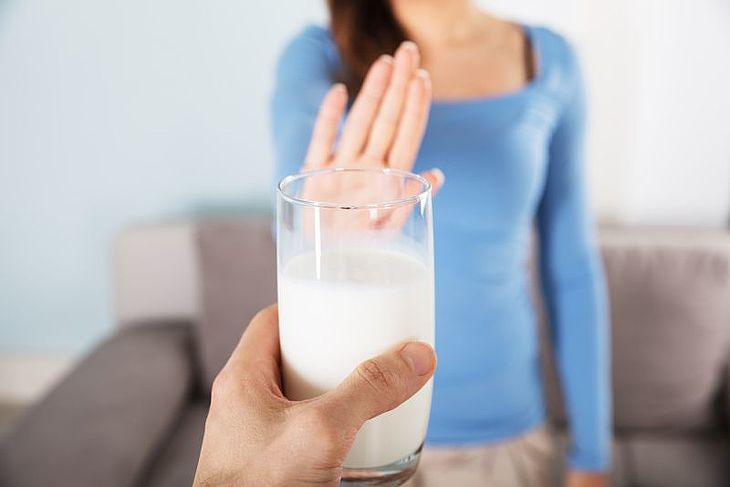Dairy Products Cause More Harm Than Good
October 5, 2021
In the past, the western world has viewed health in different ways, using models like the food pyramid and old USDA MyPlate diagrams. Western governments and many older people who grew up in the system then used these to claim that dairy products such as cheese, milk, and butter were more healthy than unhealthy, leading to people actually becoming more unhealthy. To put it simply, modern research shows that dairy products cause more harm than good in a person’s health through their bones, ability to consume sugars, and calcium waste, so we shouldn’t consume them.
For example, a study published in a well-known medical journal, JAMA Pediatrics, covering over 96,000 participants found that male teens who drank more milk were associated with more bone fractures throughout middle adulthood. This then suggests that higher levels of milk consumption is correlated with an increased risk of bone fractures, as the aforementioned experiment specifically explained that every additional glass of milk drank translated to a 9% increase in the chance of bone fractures.
Another glaring con of dairy products is the existence of people who are lactose intolerant. Lactose intolerance exists because the ability to produce lactase, which is an enzyme that breaks down lactose— sugar that is heavily present in dairy products— is lost past early childhood; consuming any form of lactose can lead to stomach aches, vomiting, diarrhea, and other problems. Also, the ability to even digest lactose post-childhood is a mutation, implying that it is not natural to consume milk and dairy products past periods of growth.
While most people say that drinking dairy milk maximizes calcium intake and is so easily accessible that it is the best form of calcium consumption, this is only true for people with lower quality diets, or those who tend to eat greasier foods with lots of oils and no minerals. For those who have access to a more diverse set of foods and drinks(they can eat things which have lots of minerals and vitamins, not just lots of fast food), this type of milk is not necessarily the best choice. Other more viable options also include tofu, almonds, and beans along with other lentils.
Milk substitutes exist for a good reason; they contain loads of calcium and supplement other vitamins. For instance, pea protein milk has the same amount of protein as dairy options and has 128 more milligrams of potassium, proving its worth as a nutrient source. Most dairy alternatives have just 25-63% of the dangerous fats present in normal milk and so become safer for anyone who still wants to have things they love while staying strong.
Yet, hormones and aforementioned fats filled to the brim in milk products also have been associated with higher risks of cancer, making these foods and drinks much more threatening. Furthermore, a set of research into milk-based products in relation to cancer funded by the World Cancer Research Fund, National Institutes of Health, and the National Cancer Institute concluded that women drinking one-fourth to one-third of a standard US eight ounce cup of cow’s milk had a 30% increased risk of breast cancer, with one full cup per day increasing the risk by 50%, and the consumption of two to three cups helping risk of breast cancer go up by almost 80%.
To summarize, the benefits of dairy are numerous but are vastly outnumbered by multiple issues. High levels of fats associated with cancer and increased risk of bone fracture in middle-aged men are a couple of many dairy problems; these difficulties can be fixed fairly easily by consuming almond, soy-based products, and more dairy alternatives, making switching over lead to an overall better lifestyle.
Photo Courtesy of APTELINE.PL

